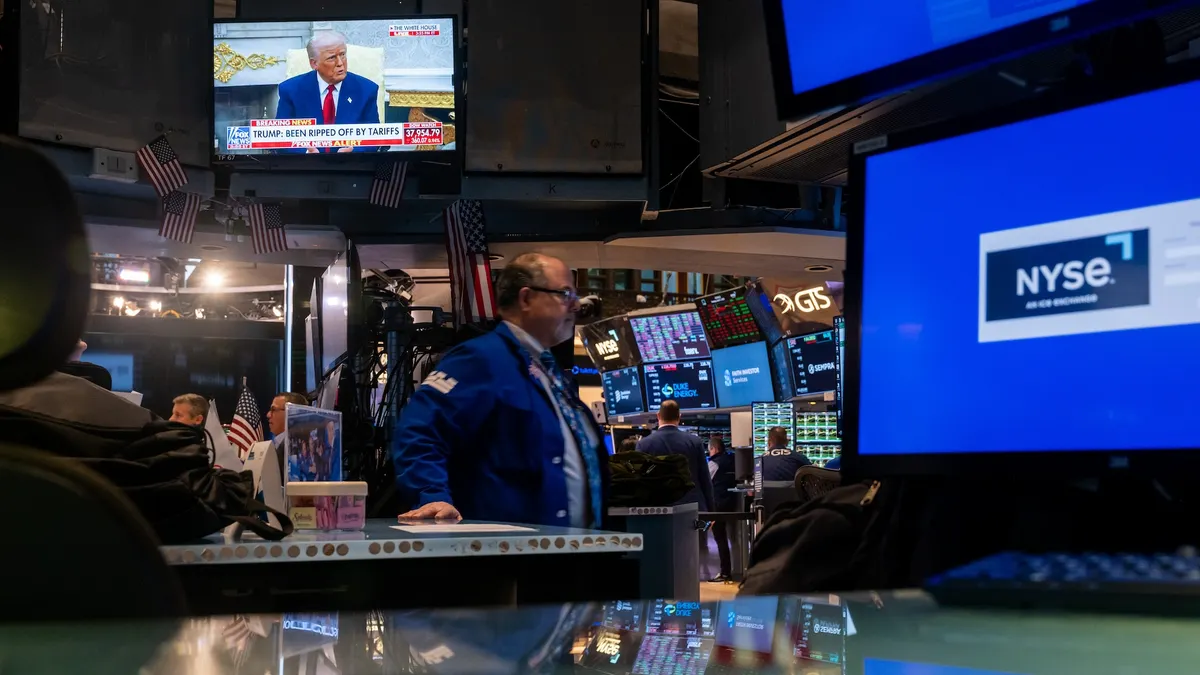Brief:
-
Sales of smartphones with a screen size between 5.5 and 7 inches — or “phablets” — will overtake smaller mobile handsets by 2019, per a forecast by IDC. The researcher estimates phablet shipments will grow from 611 million units this year to 1 billion units in 2021, a five-year growth rate of 18.1%. That’s much faster than overall smartphone shipments, which will grow by 3% annually from 1.5 billion units this year to 1.7 billion units in 2021.
-
Smartphones with a screen size of less than 5.5 inches will decline 7.4% during the period. IDC lowered its previous forecast for 2018-2021 by 1.1%-1.5%, depending on the year. The largest changes are for China and Middle East & Africa regions, which are still expected to grow through 2021.
-
While Android-based phablets have been the primary driver of large-screen smartphones, Apple is moving into the market with a broader range of products, such as the Plus versions of iPhones and its new iPhone X. Apple phablets will increase from 41.2% of the company’s shipment volume this year to 50% or more in 2018. “If the recent rumors of new, larger screen iPhones in 2018 hold true, then this number will likely grow further as a share of its overall shipment volume,” IDC said.
Insight:
Larger-screen smartphones have exploded in popularity in the past five years from less than 1% of shipments in 2012 to more than 50% in the next two years, which makes mobile devices an even more compelling marketing platform. Audiences are consuming more video entertainment, gaming, social media and other data-heavy applications on their smartphones. Those demands make the display size and type more significant in choosing which smartphone to buy. Larger phones also mean more screen real estate on which to advertise as well as an opportunity to provide stronger user experiences designed to drive conversions and other engagements.
Consumers appear willing to fork out more money for bigger phones like the iPhone X, which has a starting price of $999. Samsung, Google, LG and other device makers also have extended their lines to the level of $850 or more. Programs such as device financing and trade-in policies are making expensive devices more attainable to buyers in a number of markets worldwide, IDC said.
Phablets are especially important to Apple, whose iPhone shipments actually declined by 7% in 2016. The company’s rollout of the iPhone 8/8+ and X this year will restore growth for the smartphone pioneer that caters to the luxury market. IDC forecasts that iPhone shipments will rebound with growth of 2.4% this year and 8.1% in 2018.












